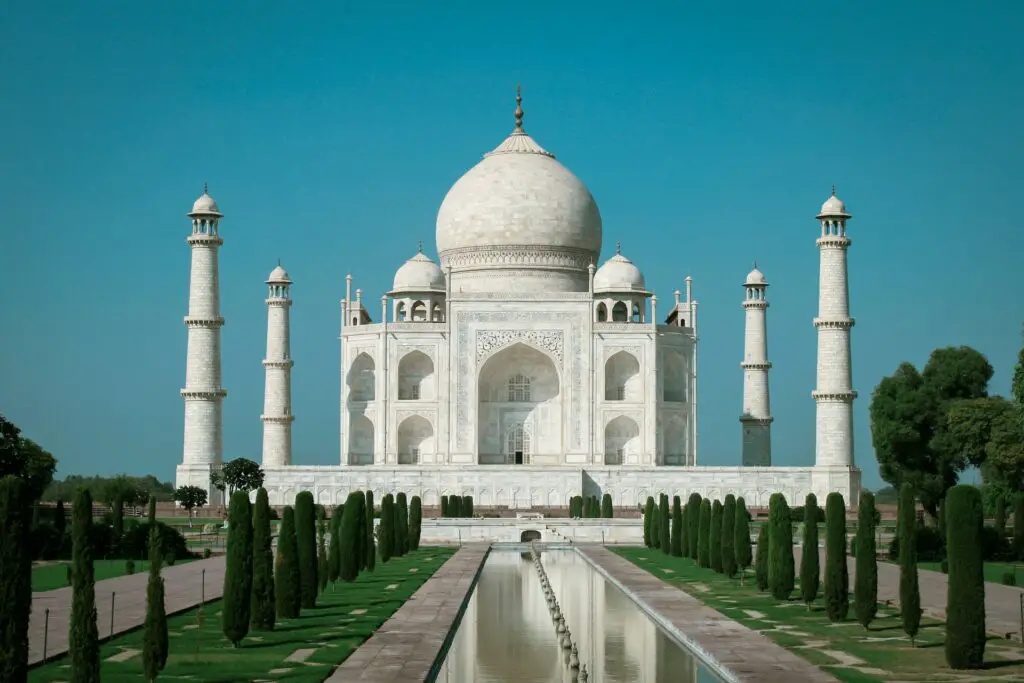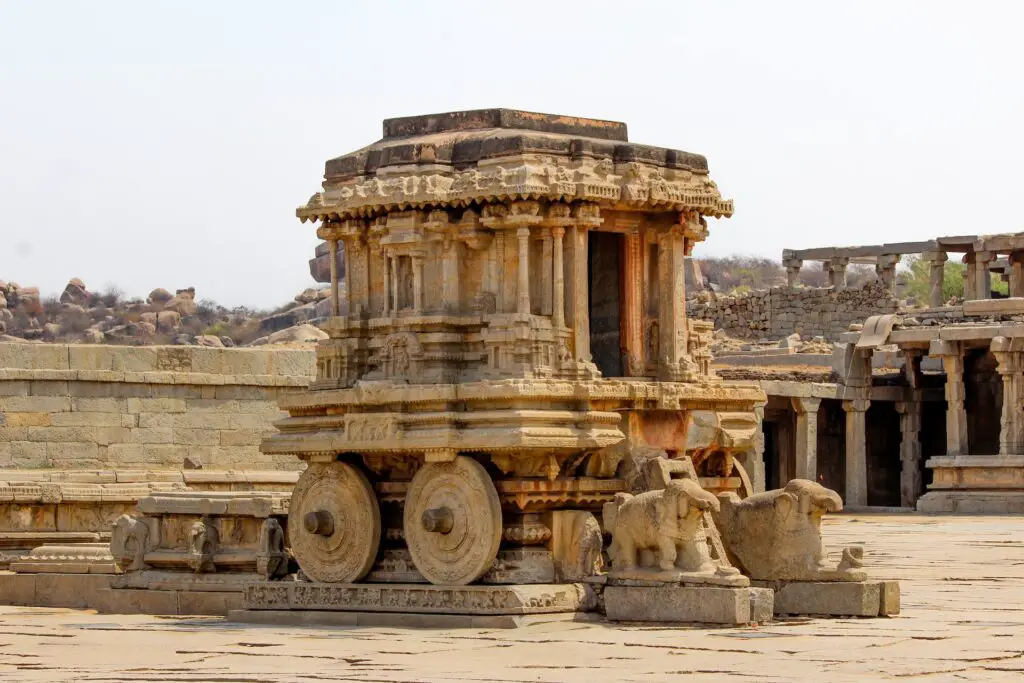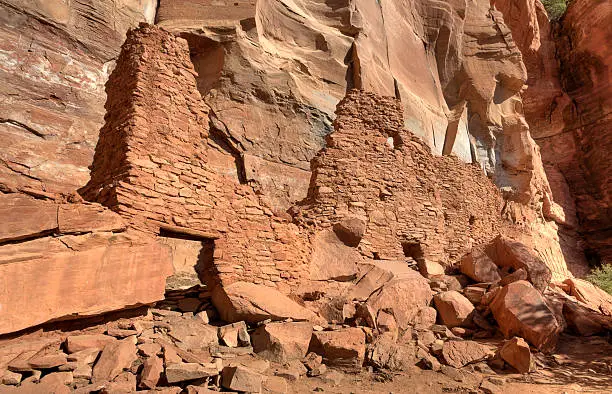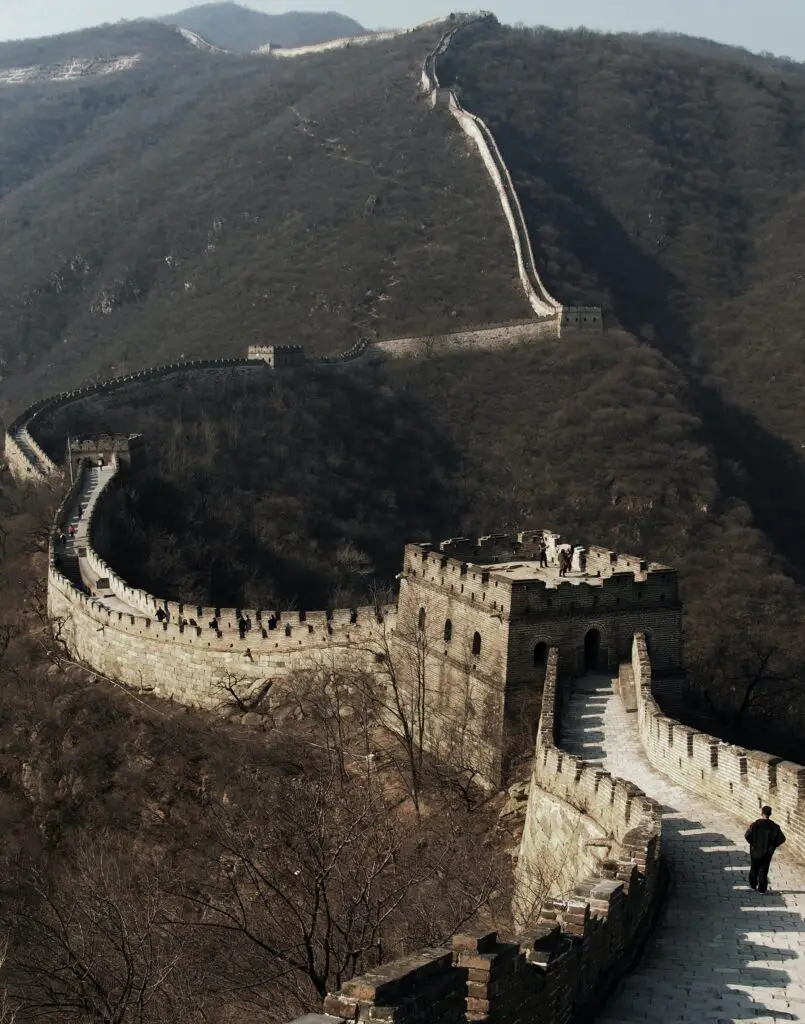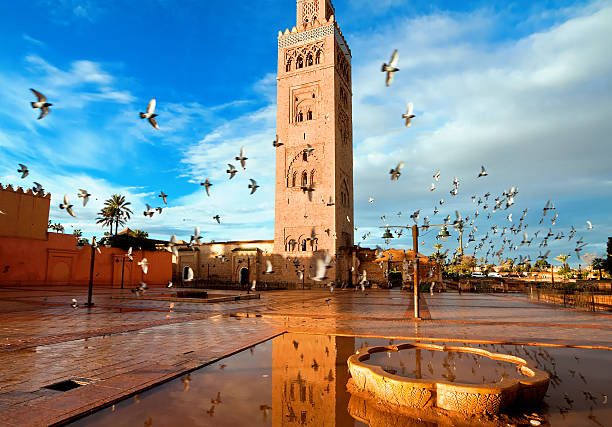
Marrakech or Marrakesh is the most beautiful city of Morocco often known as the “Red City”. Marrakech is liked by the adventure backpackers for many factors, such as cultural richness, historical architecture, unique cuisine options and bustling souks. Make sure that if you have a plan to visit Morocco this year or may be in the next upcoming years, only it will be complete if you have to explore its breath taking architectures and bustling city.
Marrakech or Marrakesh is located in the foothills of the Atlas Mountains, southwest of Morocco, making it the fourth largest city in Morocco. The city is filled by the red colored sandstone buildings, historical evidence of Medina and gateway to the Sahara desert that help us to catch up local history while exploring this city. We strongly suggest that every backpacker indulge the city’s intrinsic beauty with a colorful mix of Arab traditions and Berber cultures in order to keep our most memorable travel journey ever.
You can also read: Kruger National Park, South Africa.
10 Things to Do in Marrakech or Marrakesh
1. Explore the Jemaa ei-Fnaa Square
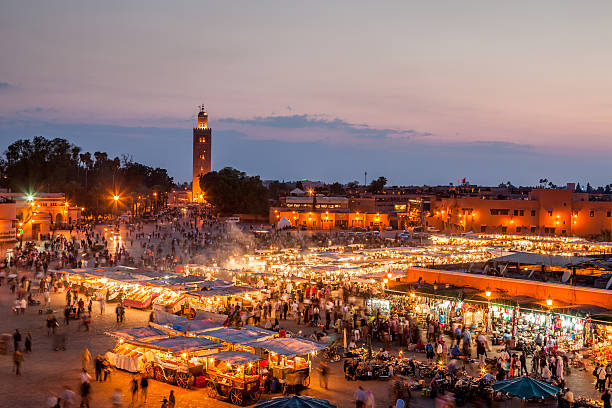
Let’s start your popular and unique thing to do here in Marrakech in order to explore world famous Jemaa ei-Fnaa Square. It is a main square in Marrakesh’s Medina, where you will see food stalls, public gatherings, day and night street performances and vibrant markets throughout the corners. Most recommended place for even for night time visit since the place contains vibrant atmospheres and beautiful lighting views. Do not miss to enjoy unique local food options under its food stands along with enjoying Moroccan music played by the traditional musicians.

One of the city’s top attractions even blessed by the restaurants for food lovers and souvenir shops for shopping’s. If you have time then try to be a part of the open air theatre performances and involve yourself in Moroccan cultures, where religious rituals are performed. There are multiple things exhibited throughout its markets such as traditional stuff like hand woven carpets, scarves, jalabiyas and dresses. Pottery like home decorations and plates and bowls for home use, Silver Jewellery, Copper teaware- traditional Moroccan teaspots, stylish teas and other teacup options.
Do not forget to buy world famous species and oils such as cumin, turmeric, saffron and argan oil, all having historical values and significance. Despite its vastness and beauty, Jemaa ei-Fnaa Square was recognized as a UNESCO World Heritage Site in 2001 and UNESCO Intangible Cultural Heritage of Humanity.
2. Visit Bahia Palace

It’s a visitor’s gem, visiting Bahia Palace could be the next level travel aspect showcasing the perfect symbol of the city’s most beautiful architectural brilliance. Often called as the “The Jewel of Marrakech”, Bahia Palace is a 19th century palace well known for its intrinsic ornate architectural style and lush surrounding gardens. Along with visitors can spot some of the things like painted cedar ceilings, marble floors and intrinsic tileworks inside of the palace and tranquil courtyards, lined orange trees and pretty fountains on the outside.
Majority of the palace architectures and design are heavenly influenced by the Moorish and Andalusian, especially it’s each 150 rooms and courtyards. If you step inside of this beautiful palace you will surely realise most popular mosaics, muqarnas, arabesques and stucco carved Arabic inscriptions. Try to explore “The Grand Rias”, one of the oldest parts of the palace, containing marvelous carved woodwork and sustained glass windows.

Located in Rue Riad Zitoun el Jdid, Bahia Palace built by the SI Moussa, as a personal residence. But in a later period of time it expanded and was embellished by his son Ba Ahmed during the late 1890s. After his death the palace was reserved as a royal residence and kept as a great example to Moroccan history. After some period of time the palace witnessed many cultural events and dignitaries including artistic and cultural exhibitions. It opens daily from 9 am to 5 pm with the admission cost of Dh 10 (approximately $1).
We strongly suggest you visit during morning time when the crowd is less and ideal weather to explore its inside as well as outside beauty. Such a brilliant example of Moroccan architecture simply keeps us to appreciate cultural, historical and art work of the historic Moroccan peoples.
3. Explore Medina
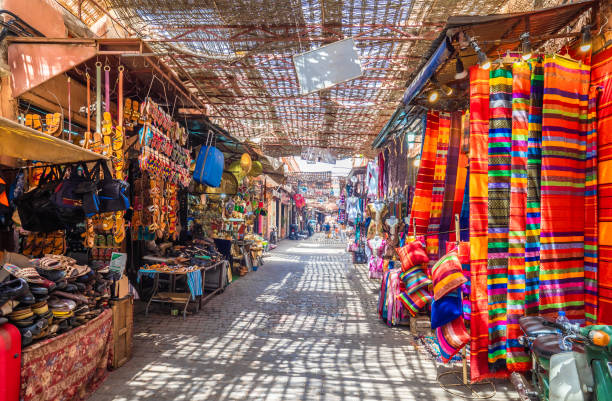
Before we go into indepth about Medina we need to understand that Medina is the combination of Souks, Hammans, food and fun. Medina is simply Marrakech’s walled old town which includes a labyrinth of small alleyways lined with shops where visitors can purchase fresh vegetables, fruits and stairs and furniture.
As we discussed earlier, Marrakech is also called “Red City”, just because of its striking terracotta colored sandstone buildings that you will see here in Medina. Besides being an UNESCO World Heritage Site, the historical city of Media offers lively squares, hidden courtyards, arched doorways and vibrant market vibes. We strongly suggest you take a leisurely walk amidst the Medina Markets to see old buildings, shop for souvenirs and enjoy tea at rooftop cafes.
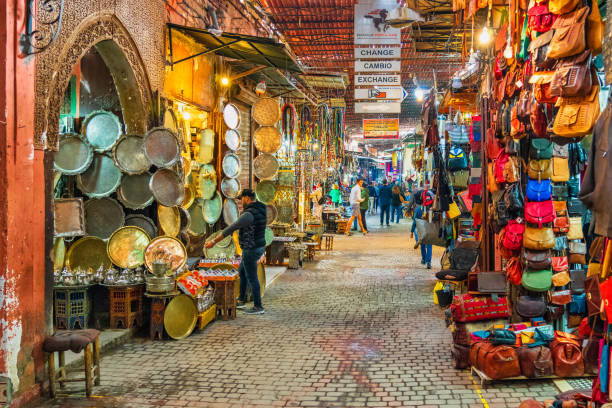
“Souks” is the major vast market place where products are arranged according to product types, price and volume of sales. Try to visit Souk Semmarine. It is the main area of the market where more visitors are visiting every year to purchase traditional stuffs. Souks is a place where artisans, traders and crafters trading their product over a centuries and in the other way Hammams is another traditional spot in Medina where steam baths are common and welcomes visitors to take spa treatments, massage, cleansing, exfoliations and other healing treatments.
Boasts total 3,600 markets covering things like hand woven carpets, jewellery, colorful fabrics, shiny lanterns and even more. Give more to spend in Souks to see and purchase things like pottery’s lamps, ornaments, leather items and metals works. If you are visiting Medina during night time then don’t miss out to be a part of music plays, dancing, snake charmers and Monkey trainers.
4. Discover Koutoubia Mosque

Considered as the largest Mosque in Marrakech, nestled in the heart of Marrakech city. One of the must visit destinations in your Morocco bucket list, Koutoubia Mosque offers minaret towers over the cityscapes showcasing masterpieces of Islamic architecture and decorative arches. Today the Mosque is a symbol of testament to the Moroccan spiritual heritages and architectural beauty.
If you want more about Koutoubia Mosque then we should discuss its history and architectures, this emblematic monument built in 12th century during the Almohad dynasty under the Caliph of Abd al-Mu’min in 1147 and completed next his successor named Abu Yusuf Ya’qub al-Mansur. The interesting part is, this mosque stands as the model for other popular mosques such as Giralda in Seville and Hassan Tower in Rabat.

We shouldn’t miss out see its architecture and design, “Minaret” is a great example for that. It is a 77 meters high ancient building making it the tallest in Morocco, decorated with geometric motifs and glazed ceramic bands. It is designed with a mix of sandstone blocks, horseshoe arches and ribbed dome, along with a minaret adorned with 4 copper globes. Usually Minerate served as a call to prayers, lighthouse, watchtower and stands as the legacy of the Almohad dynasty.
If you are eligible to reach the top of this surely you are fortunate to see surrounding views of the city (but this mosque is only allowed to Muslims and non muslims are not allowed inside). Today Koutoubia Mosque serves as a vital prayer and religious spot for community gathering and prayers that can accommodate upto 20,000 worshipers. So if you are a non muslim you are only allowed outside to explore, not inside. So, visit early in the morning to enjoy its gardens and courtyards without any entry fees.
5. Wander around the Saadina Tombs

Perhaps this is the right time to appreciate another marvelous yet interesting historical evidence of the Marrakech city. Saadins Tombs is a country’s stunning example of rich history and culture, testament to the power and grandeur of the Saadian Dynasty. Created in the 16th century as a royal necropolis with comprises tombs and 170 mausoleums. This Saadina Tombs has 2 main sections, contains several chambers and each one decorated with stucco carvings and vibrant tiles. Koutoubia Mosque is equivalent to Kasbah Mosque of 1557 when it comes to the list of oldest mosques in Morocco.
When we talk about its past, it was built by Ahmed el-Mansour, who ruled from 1578 to 1603, built as the most lavish mausoleum. Initially this tomb was built in honour of his father Saadian sultan Moulay Muhammad al-Sheikh and later it expanded. It’s another prime attraction is its gardens, measuring 85 m by 25 m located in the entrance of western wall which is easy access to the tombs.
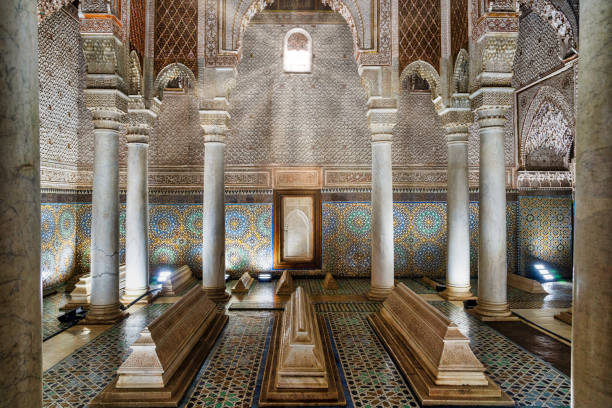
Throughout your Saadina Tombs journey surely visitors are more fortunate to explore its intrinsic architectural beauties, especially classic Moroccan architectures. Tombs made by the Italian Carrara marbles, wood carvings, beautiful tile mosaics, honeycomb plaster (decorated with gold) and doomed ceilings. Till now tombs evidence of 66 prices and other notable personalities are buried here including 100 of chancellors and their wives. Open daily from Monday to Sunday from 9 am to 5 pm with the Saadina Tombs entrance fees of Dh 70 or $7.
6. Indulge in Jardin Majorelle
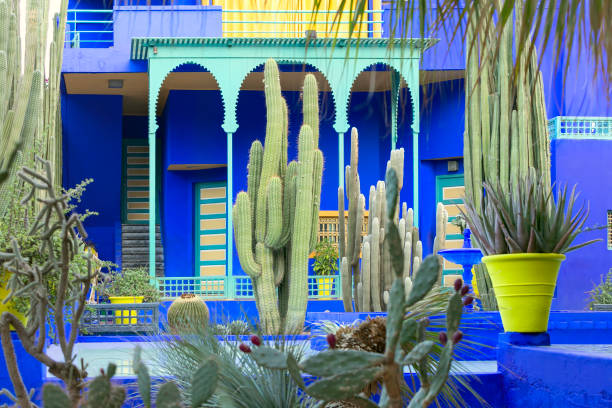
It is a place where lush greeneries exist and an ideal spot to take a leisure walk. Jardin Majorelle is the most incredible colorful garden in Marrakech city filled by the lush greeneries and colorful vibes. Located in the central part of the Marrakech, Jardin Majorelle is home to some of bright blue buildings and colorful plant species that help visitors to see, spend time with and make study on some of the rarest plant species on earth.
Stroll through Musee Yves Saint Laurent (where park exists) popular botanical gardens to explore plant species like cacti, palm trees and bamboos. This garden was built in 1931 by the popular French painter Jaques Majorelle, who was later owned by Yves Saint Laurent and business partner of Pierre Berge. Moreover, Jaques Majorelle garden is today home to living works of art and plants from 5 different continents, ranging from Bamboo, to aquatic plants, the park is also an ideal place to admire Moorish style archways, fountains and pools and colorful tile art works.

In 1937, Majorelle Blue was made and artists created ultramarine blue both intense and clear. Not only had he too colored his garden when the garden opened to the general public during 1947. Despite its major attractions, the garden is close to the small museum that outlines YSL’s connections and Berber Museum, once served as the Majorelle’s studio inaugurated in 2011. This is a total 2.5 acres of botanical artist garden and planted around 135 different species from around 40 years of age.
If you take a leisurely stroll amidst this park you are blessed to see bougainvillea, palms, and yucca jasmine, Banana trees, different bamboo species and water lilies. Entering this beautiful garden requires some amount of entry fees and timings, so visitors need to pay Dh 70 or $7 to be eligible to explore its plants. Make sure that if you want to explore the museum too, then pay an additional Dh 30 or $3. Keep your time between 8 am to 6:30 pm to explore this one of the biggest gardens in Marrakech city.
7. Learn History at Museum of Marrakech

Museum of Marrakech destination where we go through the region’s most accurate historical evidence and facts. Visiting this museum according to our point of view surely changes your travel purposes and is the perfect spot to learn rich cultural and artistic heritages. Located in the old center of the Marrakech city also known as the Musee de Marrakech is an 17th century riad and exhibitions of Moroccan antique artefacts. These artifacts are collected by the Alouani Bibi family ranging from jewellery to other traditional Berber costumes. Since the museum witnessed classical Andalusian architecture, visitors could see diverse collections of Moroccan art, archaeological artifacts and other major ethnographic objects here.
It is located where backpackers can take a short walk from Jemaa el-Fnaa and close to Madrasa Ben Youssef. The museum was built in the 19th century by Mehdi Menebhi in 1956. When it comes to architecture, the museum consists of a large central courtyard (planted with trees), fountains and surrounded by the roof galleries, painted tiles and cedar woods. There are several rooms available to visit and each room has branch of the courtyard, including a chamber with ornate wood and stucco decorations.

An interesting part of this museum architecture is, it is equipped with multiple facilities like a large palace, kitchens and hammams inside its building. Open daily from 9 am to 6 pm to the general public to explore, most interesting and must visit landmarks even for family and children. Like other places, this also includes entry fees of Dh 50 ($ 5) for adults and Dh 20 ($2) for children. Don’t skip drinking coffee at its rooftop cafe, where guests can enjoy fantastic views of the Medina and Heritage Museum.
8. Enjoy Camel Ride at Palameraie

Another epic place to spend our precious time is Palameraie. Palameraie is a 13,000 acres of palm tree oasis where more than thousands of palm trees exist. Located in the northern part of the Marrakech city, the region boasts more than 1,00,000 palm trees along with the city’s popular luxury hotels making it the city’s hub of agriculture and cultural destination. This palm tree has historical evidence, so some believed that these trees seeds are planted around 10 centuries ago, approximately the 11th century by the Sultan Youssouf ben Tachfine.
But the interesting part is that even today these palm groves use an ancient irrigation system that welcomes groundwater from surrounding Atlas Mountains through canal systems. This irrigation system called “Khettara”, a unique irrigation system introduced in 1st century B.C, helps palm trees to survive region even during extreme hot, arid and dry climate conditions.

Despite being unique and popular, Paleraie’s is the largest palm groves in the world, witnessing home to abundant flora and faunas including 50 birds and 20 different kinds of reptiles. Although these palm regions belong to major economic activity zones, trading the most volume of nuts to nearby areas, considered as the most nutritious food and revered thing to Moroccan peoples.
Oil Palm trees are another sort of tree primarily used for various things like cooking, cleaning and cosmetics made by its seeds released after extreme pressure of its fruits. However, its seeds are also used to make wine that has lesser alcohol content even recommended to children and girls (those who dislike alcohol). Besides its oil, seeds and wine benefits, these palm trees are even used for furniture purposes. All these features are easy to explore if you take a quad bike guided tour or “Camel Ride” amidst vast palm trees which are available on the outskirts of the city.

Since it is spread across 130 square miles of area, it is better to take a Camel Ride. Marrakech Desert Trip helps you explore this massive Sahara Desert in a more traditional way. Although Marrakech Best Of is most recommended if you travel with family, it stops at blue garments and stops for tea in a Berber village. We insist you to take horse riding and visit any golf courses situated in the middle of the palm trees.
9. Taste Local Moroccan Cuisines

Important factors not just in Morocco, tasting local or traditional food items of any country or region is a vital point of any traveler’s journey. In the same way, Moroccan cuisines sit in the row. Major Moroccan cuisines heavily inspired by the Berber, Arab, Mediterranean, French and Jewish cultures. Additionally some cuisines are also influenced by the European and Sub-Sahara Influences. 75% of Moroccan cuisines contain sweet, sour and savory flavours and some spicy contents that help to easily bifurcate from other Middle East cuisine options. To understand in depth we should briefly discuss one by one what the major traditional and local cuisine options are;
-
Tagine
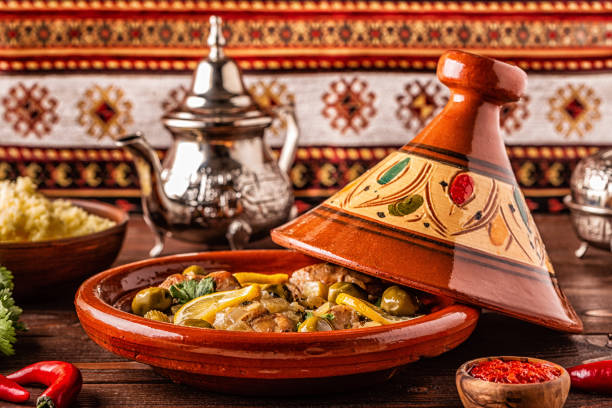
It is a widely consumed local cuisine here in Morocco, containing meats of chicken, beef or lamb along with other ingredients such as vegetables, dried fruits and species like saffron, cumin and ginger. Tagine is slow cooked dish in the clay or ceramic pot that served in the same conical clay pot. This food contains rich flavours and includes mouth-watering tender textures.
-
Couscous
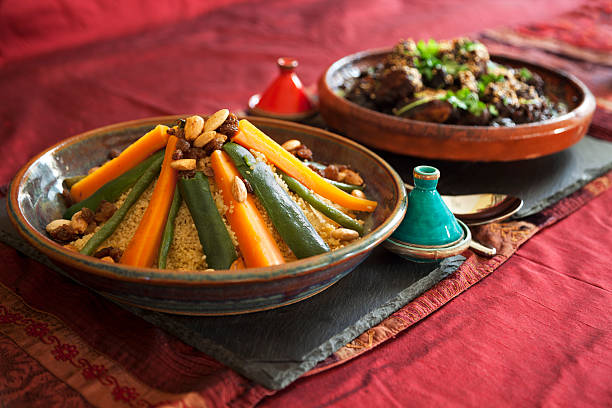
It is a staple dish consisting of tiny steamed balls of crushed durum wheat semolina. It is served with a savory vegetable, meat or fish item. Visitors see Couscous cuisine more often during special events since it is prepared for special occasions or family gatherings.
-
Zaalouk

Another most popular mouthwatering dish you shouldn’t miss is Zaalouk. It is made with a smoky, spicy eggplant and tomato dip dish seasoned with garlic, cumin and olive oil. This dish served as a starter or side dish with bread and other local cuisines like Tagine, Harira and Shakshouka.
-
Pastilla
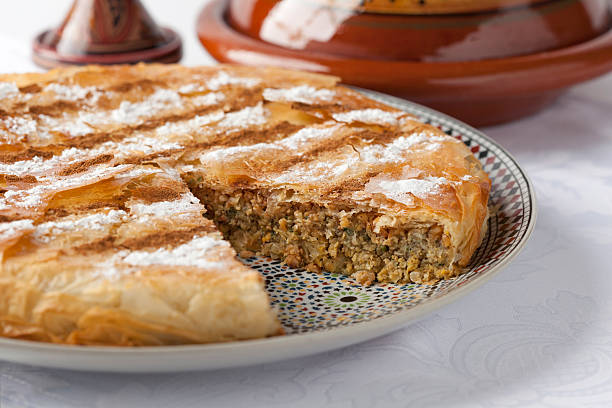
Often called Bastilla is a Moroccan chicken pie filled with saffron chicken or pigeon, almonds, cinnamon and sugar encased in thin, crispy pastry. Usually served during festivals and celebration times with the sweet and savory flavours combinations.
-
Harira
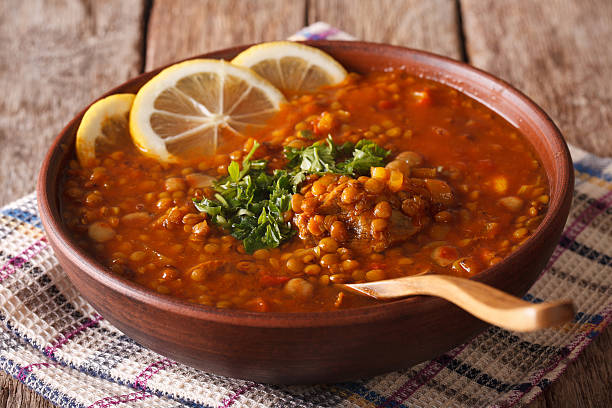
Harira is simply a Tomato based soup with chickpeas and lentils. In addition to the Tomato soups you can see lentils, chickpeas, lamb and other herbs and species along with it. Commonly eaten as a breakfast after during Ramdan month and even eaten year round too.
10. Experience Hammam

In simple Hammam is a traditional Moroccan steam bath and massage especially used for relaxation and rejuvenation once used by the royal emperors. However Hammam is the symbol of traditional ritual practice dedicated to the care of body and mind. The same legacy continued till today and visitors can experience it. Surely a crazy thing it offers unique travel experiences which have a long historical background. The Berbers are the perfect way to clean human body for thousands of years even today.
During your bath you are under 100% humidity and temperature upto 48℃. But in modern Hammam you will experience that air is enriched through steam generators. Steam generators/ boilers help to purify received waters and remove unwanted limescale then transfer to hot steam. Neverthless it help to stop continuous change of humidity and water effects that help skin health and relax our mind.

There are some differences involved in normal massage and Moroccan massages. Hammam involves a lot more scrubbing than normal massages and it is done under high domes, star shaped vents and stone paved/marble steam rooms. Spending time with Hammam is not just a relaxing habit, it has both physical and psychological advantages. Same like Turkey’s Pamukkale, it gives us a remedy for antidotes against tension or stress and some kind of skin diseases.
If you spend time under Saturoni of Greece surely you will feel some advantages of skin health what today Marrakech’s traditional bath are offering. Bath steam helps to clean up epidermis through elimination of toxins and impurities including acne and dermatitis. Choosing the right Hammam is a crucial task for visitors, not every bath feels the same. Hammam Der el-Bacha is the largest public hammam, along with other major bath options available, those are:
Located in Avenue Bab Jdid, a 2.500 sq m spa offers quality service under the most beautiful and unique settings and offers the region’s best rituals and treatments.
Located Rue Abou Abbas, old city of Medina, Royal Mansour is a hotel where Hammam is a regular activity visitors take. Owned by the king of Morocco provides fragrance treatments and service leaves us unrivalled enhancements.
Its elegant and elaborate decorated spa, Hammam de la Rose situated in Dar Ei Bacha blends both traditional and modern Hammam rituals. It offers traditional bath under more intimate and authentic atmospheres, keep us more relaxing and rejuvenation.
Related Articles: Cappadocia, Turkey.

